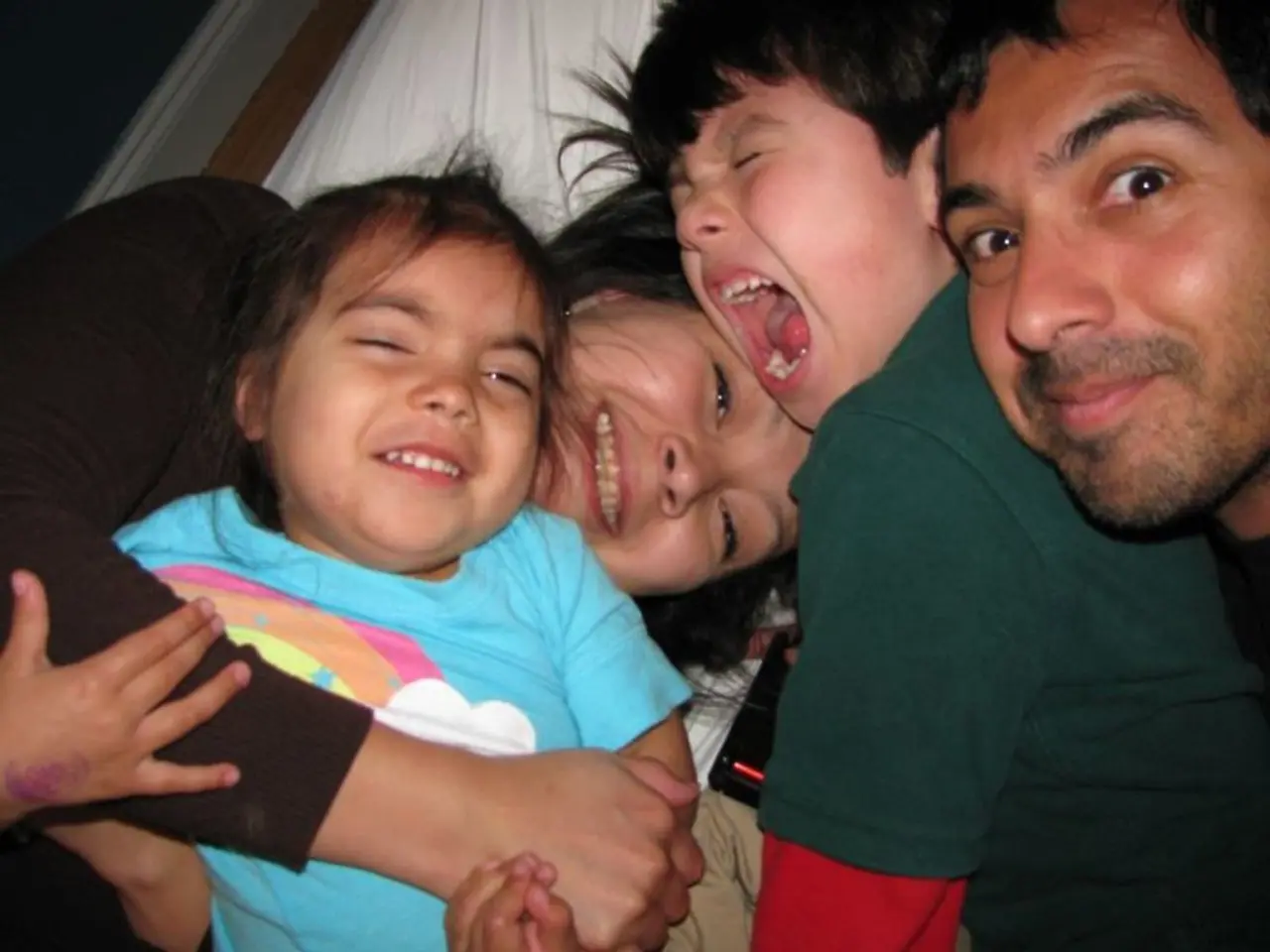Enhancement Gadgets for Better Slumber: Devices Promising Improved Sleep Quality
Sleep technology is revolutionizing the way we approach rest, offering innovative solutions to achieve better nights. From smart mattresses to wearables, light and sound therapy, and breathing/relaxation devices, these tools aim to optimize environmental and physiological factors for improved sleep quality.
Smart mattresses, like Sleep Number 360 and Eight Sleep’s Pod, are equipped with sensors that monitor heart rate, breathing, and movement. These devices adapt their firmness and temperature to enhance comfort and reduce disruptions, such as snoring, and have been shown to demonstrably improve sleep duration and quality. They are particularly beneficial for conditions like menopause-related night sweats, although they tend to be expensive and may require subscriptions.
Wearables, such as the Oura Ring and Whoop Band, provide detailed sleep cycle data and biofeedback on heart and respiratory rates, enabling personalized relaxation or breathing exercises.
Light and sound therapy devices, including sunrise alarm clocks and white noise machines, mimic natural circadian rhythms to help improve sleep onset and consolidation by regulating exposure to environmental cues relevant for sleep.
Breathing and relaxation technologies, including CBT-I apps and guided meditation tools, have been shown to provide lasting improvements for insomnia by targeting stress reduction and autonomic regulation, areas traditional sleep hygiene alone may not fully address.
However, it's essential to remember that these devices work best as complements rather than replacements for traditional sleep hygiene practices. Smart home and wearable devices can offer valuable insights and optimize sleep environments, but they risk overreliance or obsession with sleep scores. Privacy concerns and cost barriers also exist.
These tools are most effective when thoughtfully integrated with good sleep habits, such as regular schedules, limiting caffeine/alcohol, diet, exercise, and stress management. For example, CPAP devices remain gold-standard treatments for sleep apnea and are substantially impactful.
In conclusion, science-backed sleep tech devices improve sleep quality primarily by creating ideal and personalized sleep environments and providing targeted interventions. However, they yield the best results when used alongside effective, evidence-based traditional sleep hygiene practices rather than as standalones.
While sleep technology can improve sleep hygiene and awareness, experts caution they are not magic cures for chronic insomnia or medical conditions like sleep apnea. Companies offering sleep technology include Eight Sleep, Sleep Number, Oura Ring, Whoop Band, and others. The global sleep tech industry is projected to reach $40 billion by 2030, signifying a growing interest in better sleep solutions.
The integration of technology in sleep solutions, such as smart mattresses and wearables, has shown a demonstrable improvement in sleep duration and quality, especially for conditions like menopause-related night sweats. On the other hand, light and sound therapy devices, like sunrise alarm clocks and white noise machines, mimic natural circadian rhythms to help improve sleep onset and consolidation.
Moreover, breathing and relaxation technologies, including CBT-I apps and guided meditation tools, target stress reduction and autonomic regulation, providing lasting improvements for insomnia, areas traditional sleep hygiene alone may not fully address. However, it's crucial to remember that these devices work best as complements to traditional sleep hygiene practices, rather than replacements.




